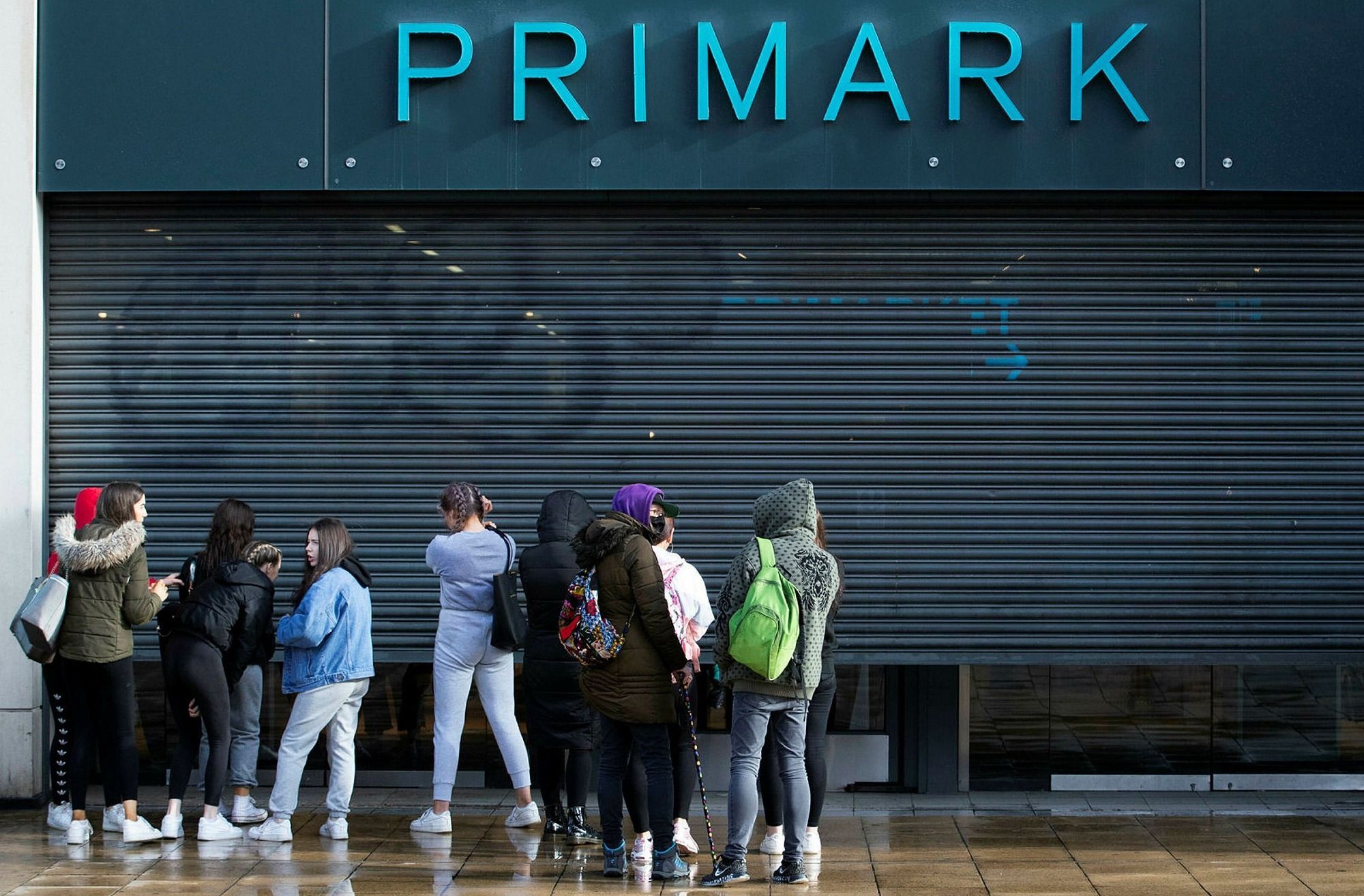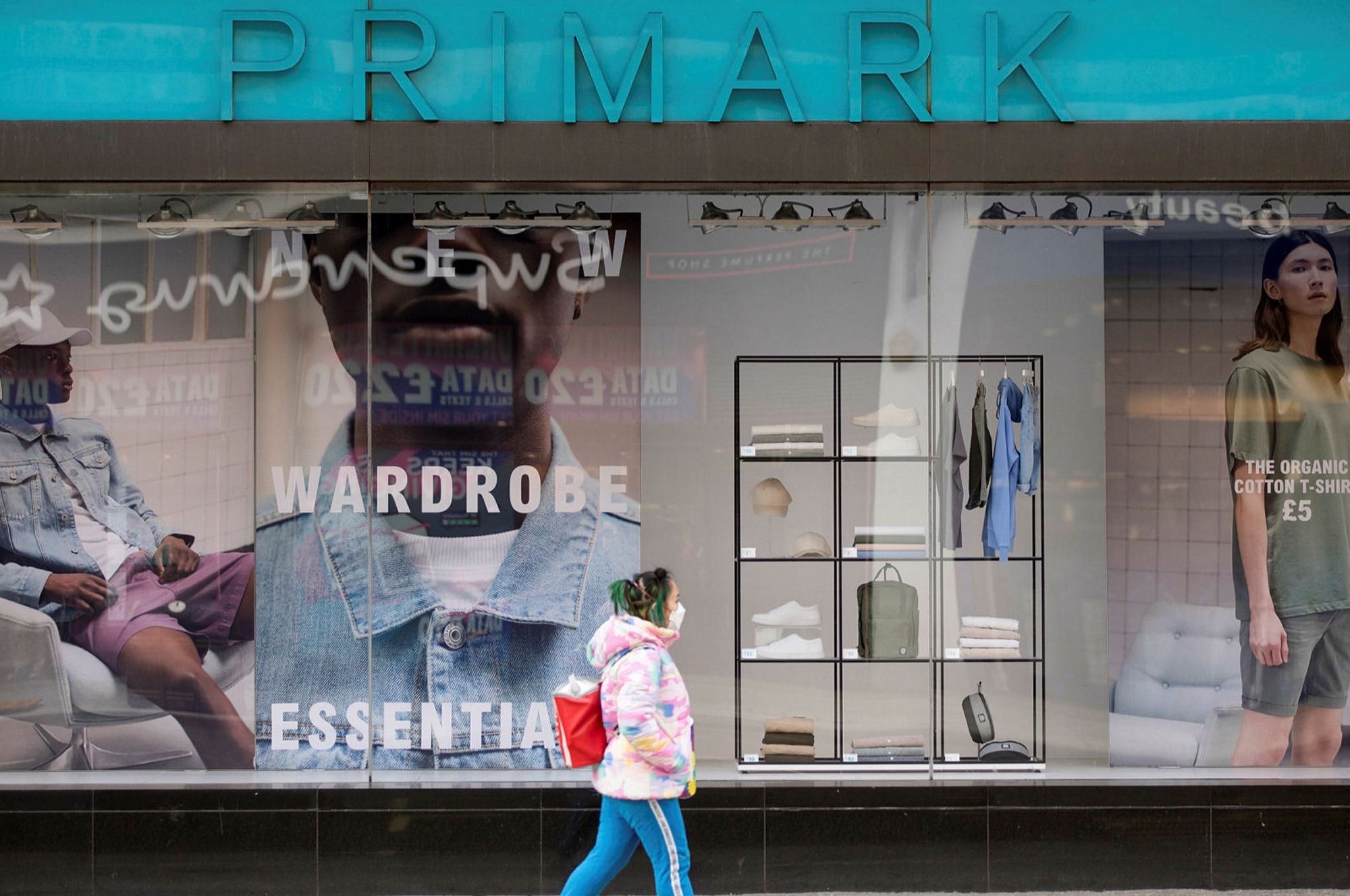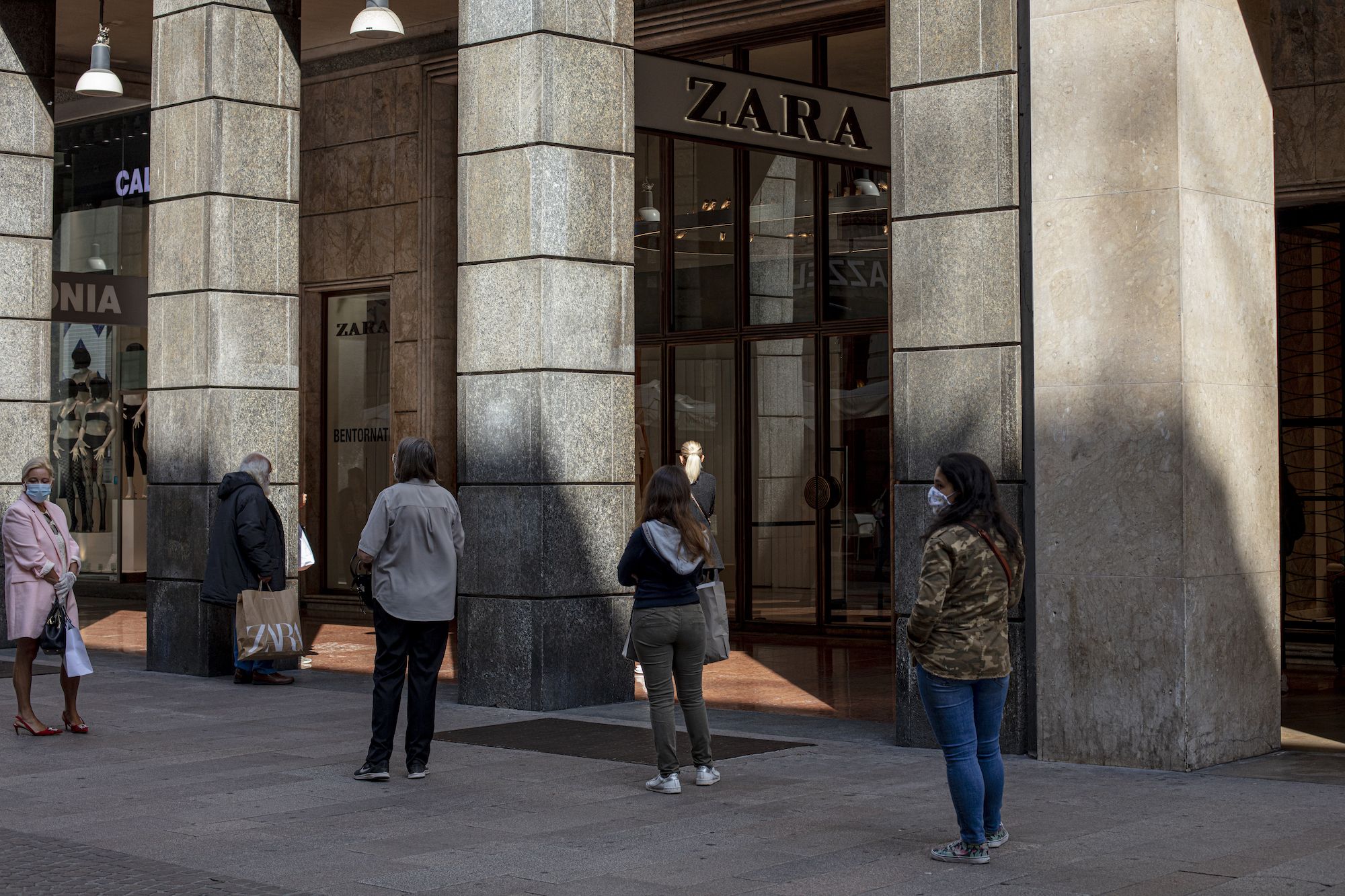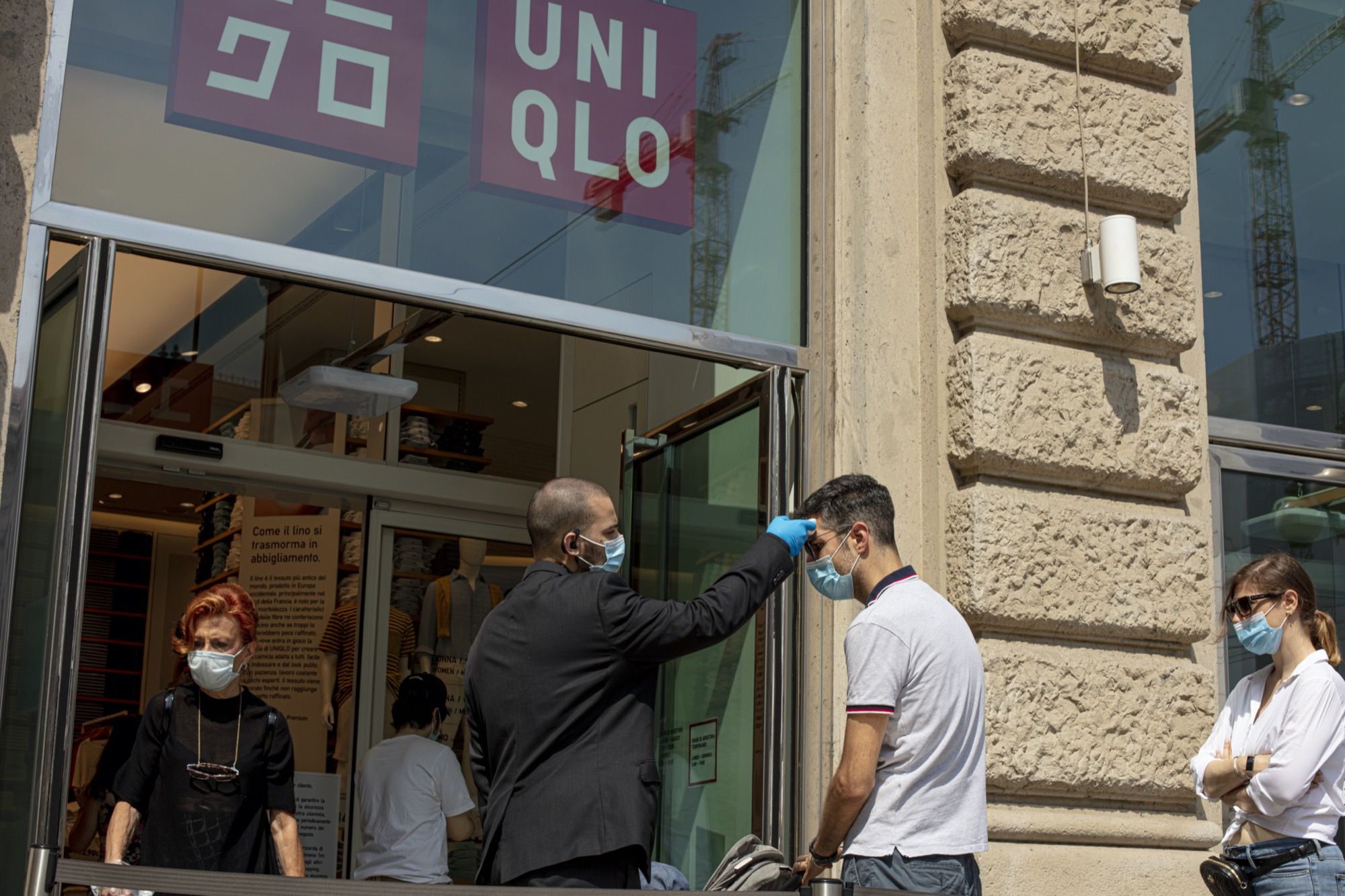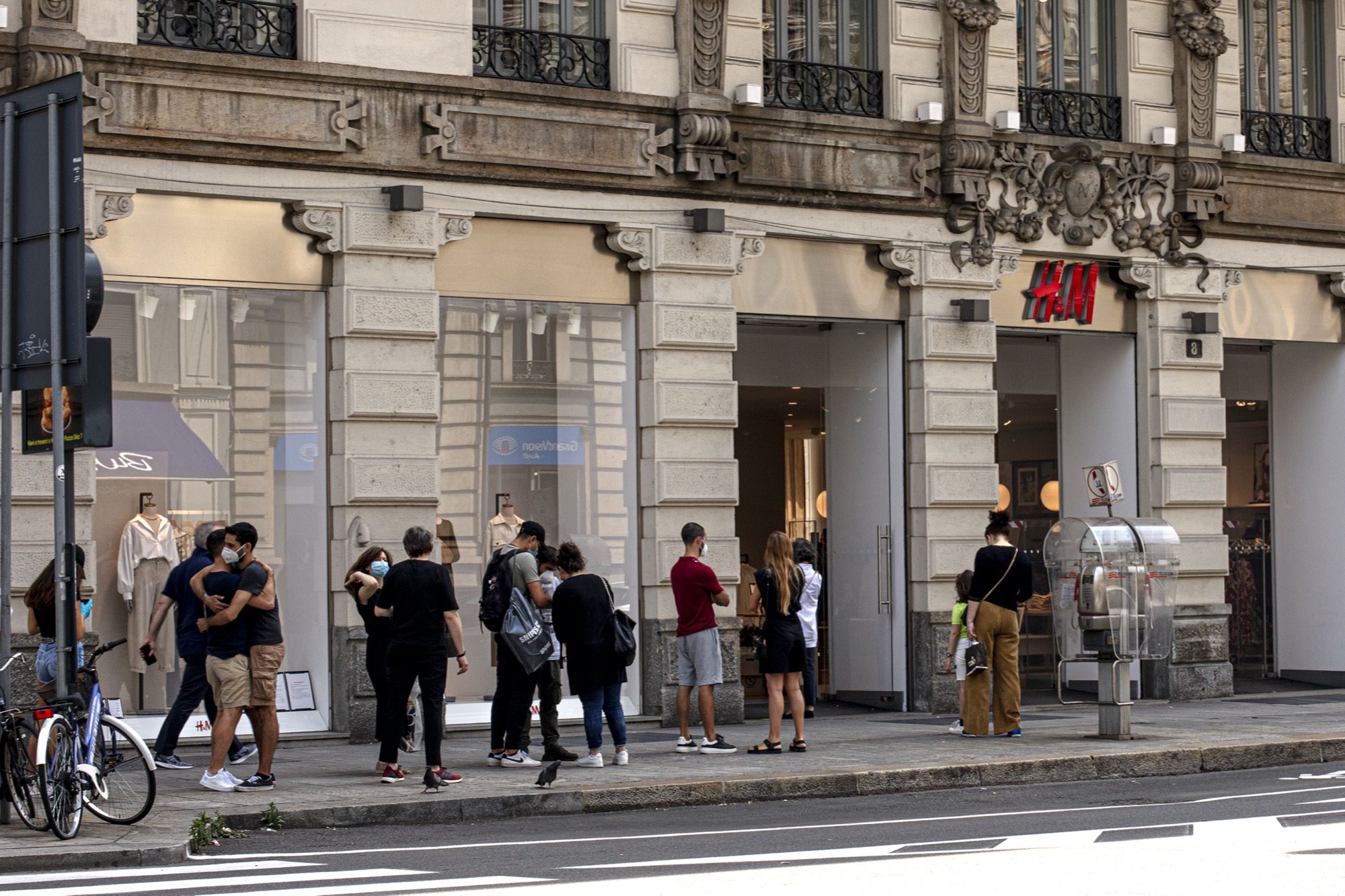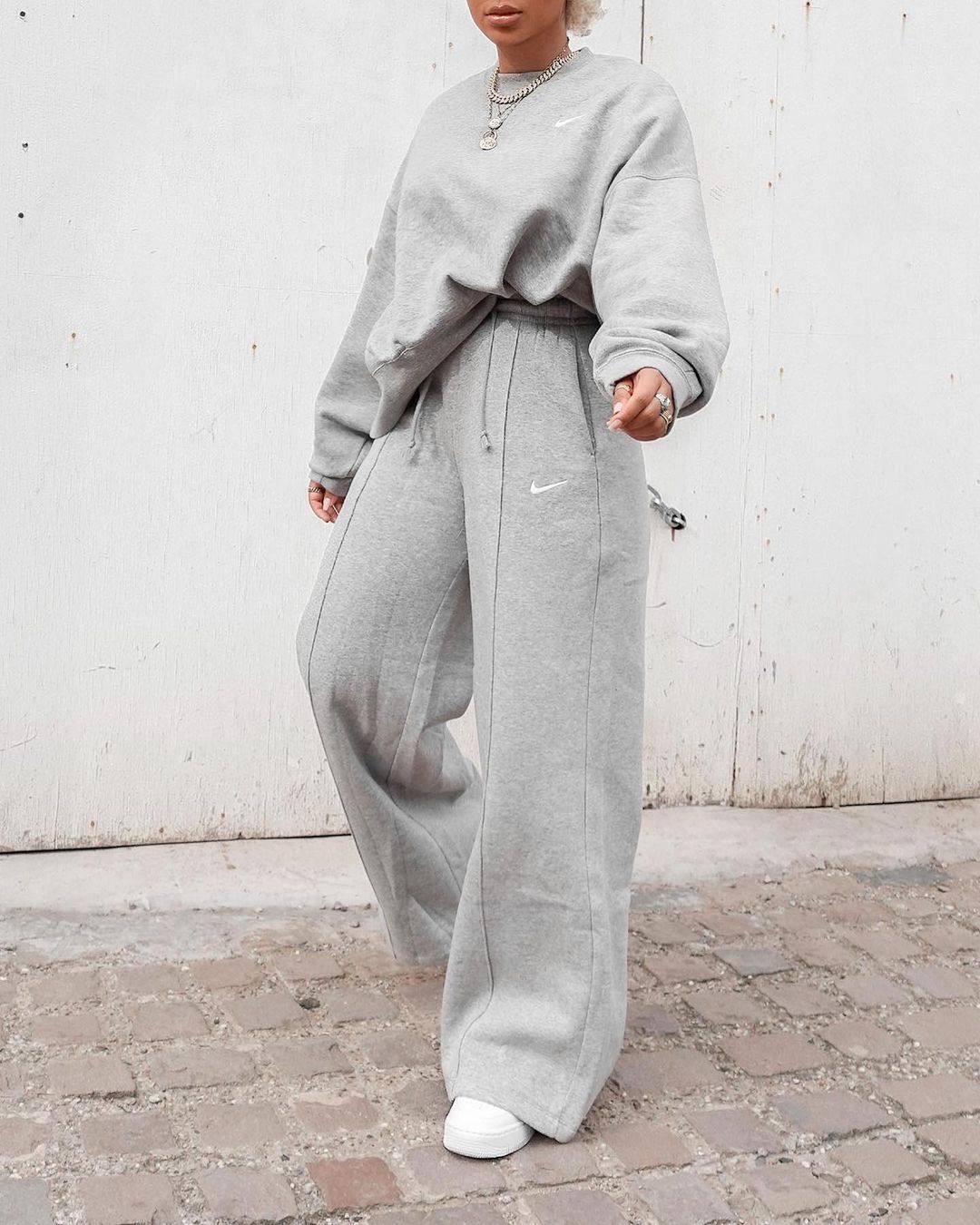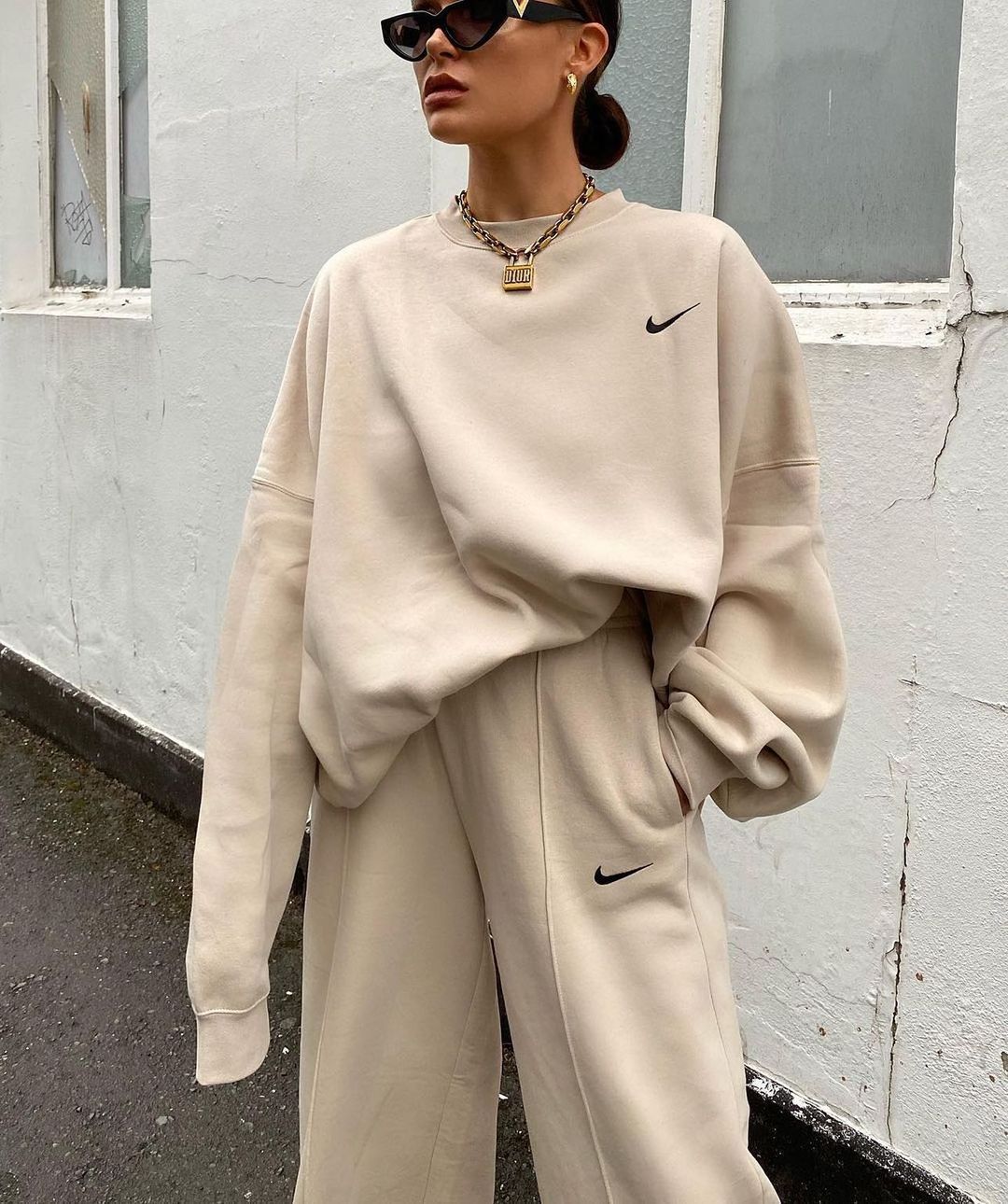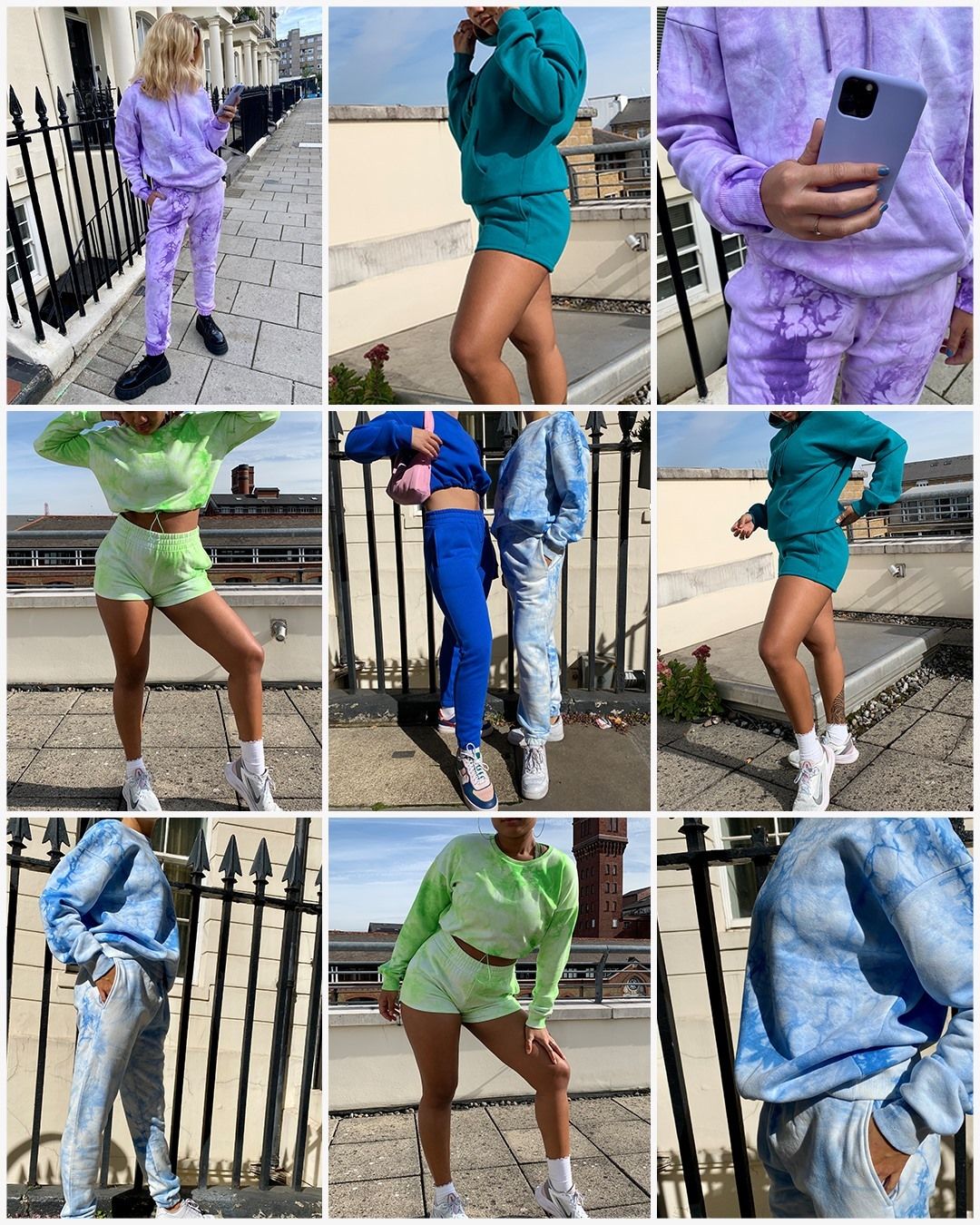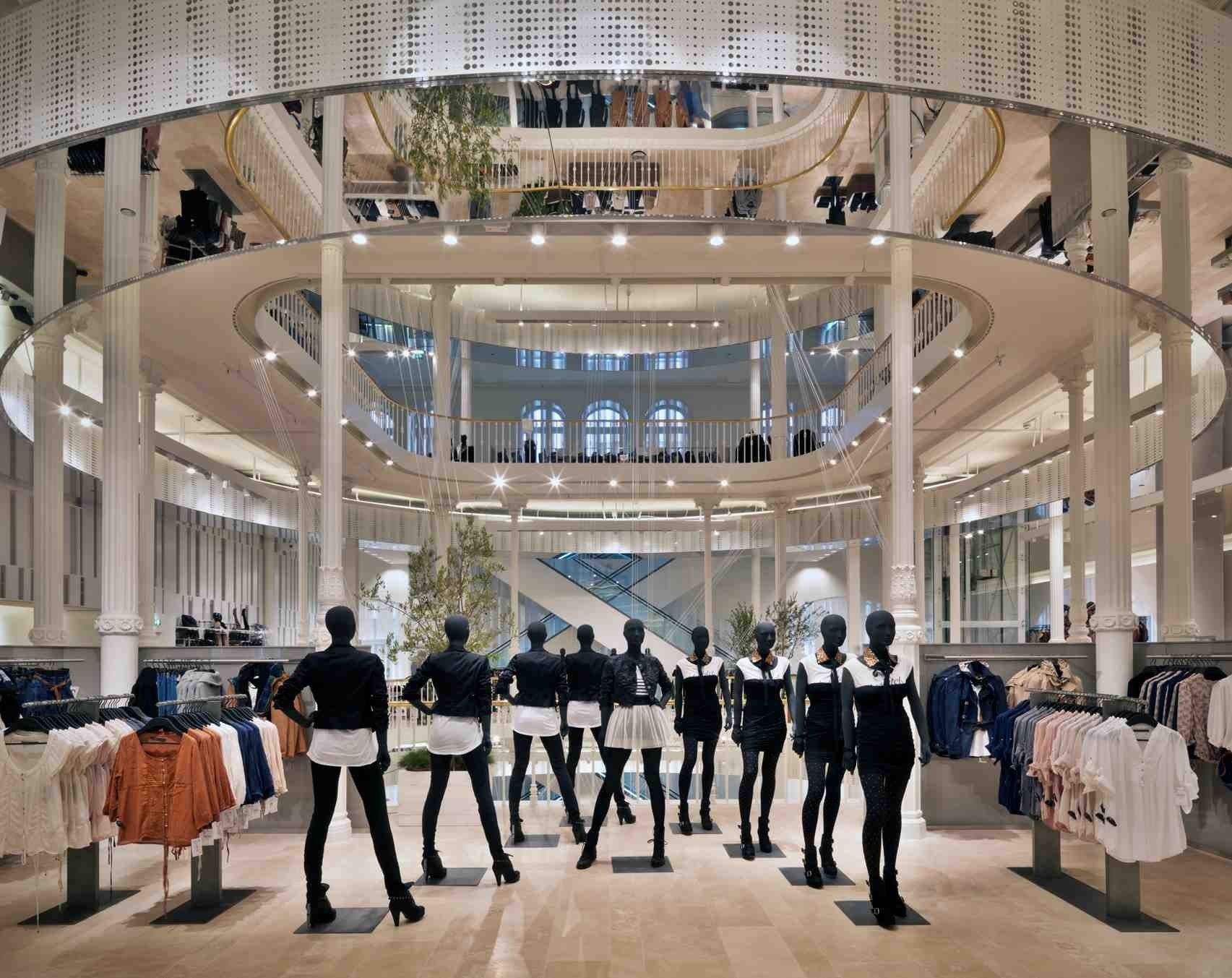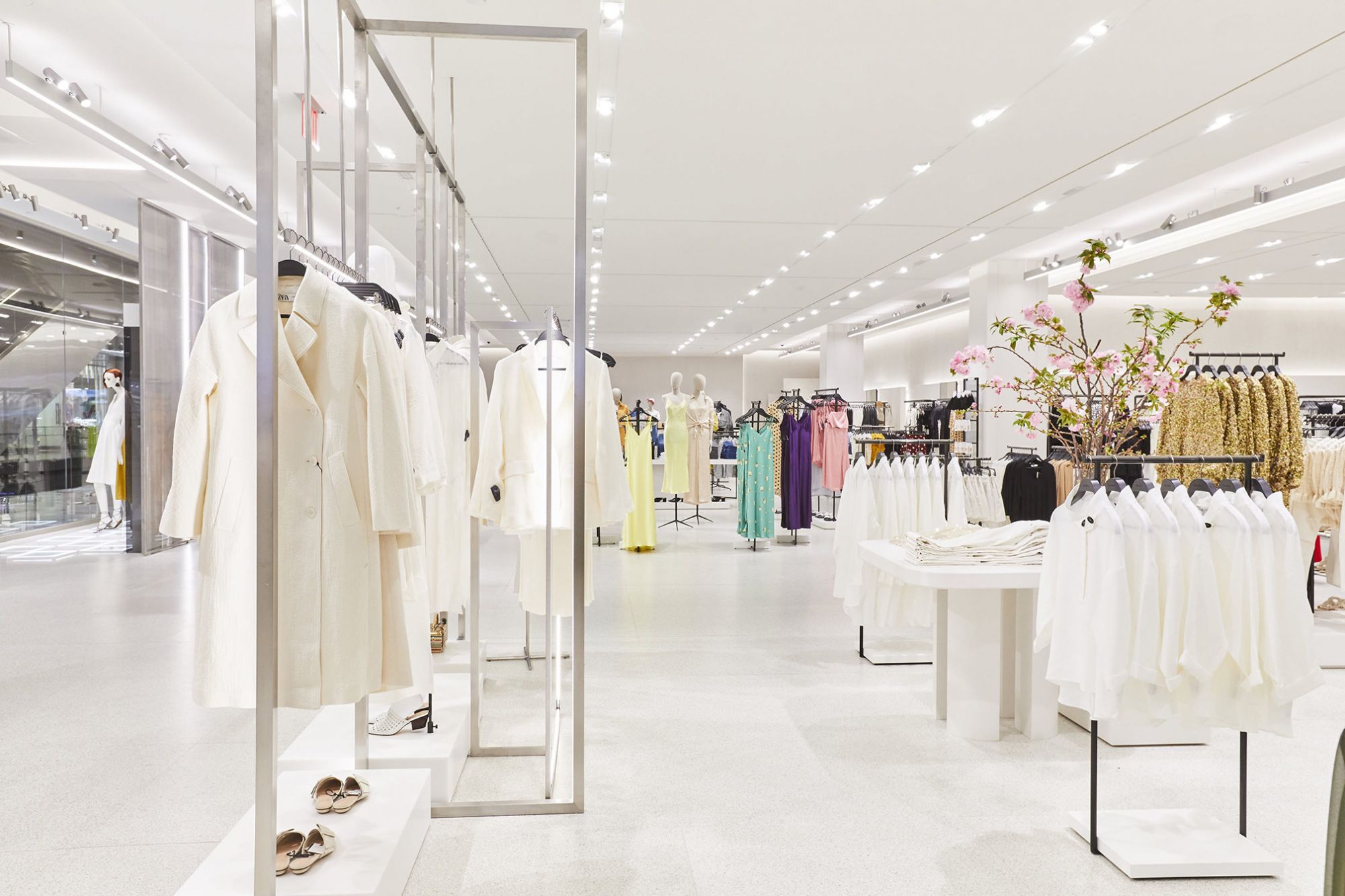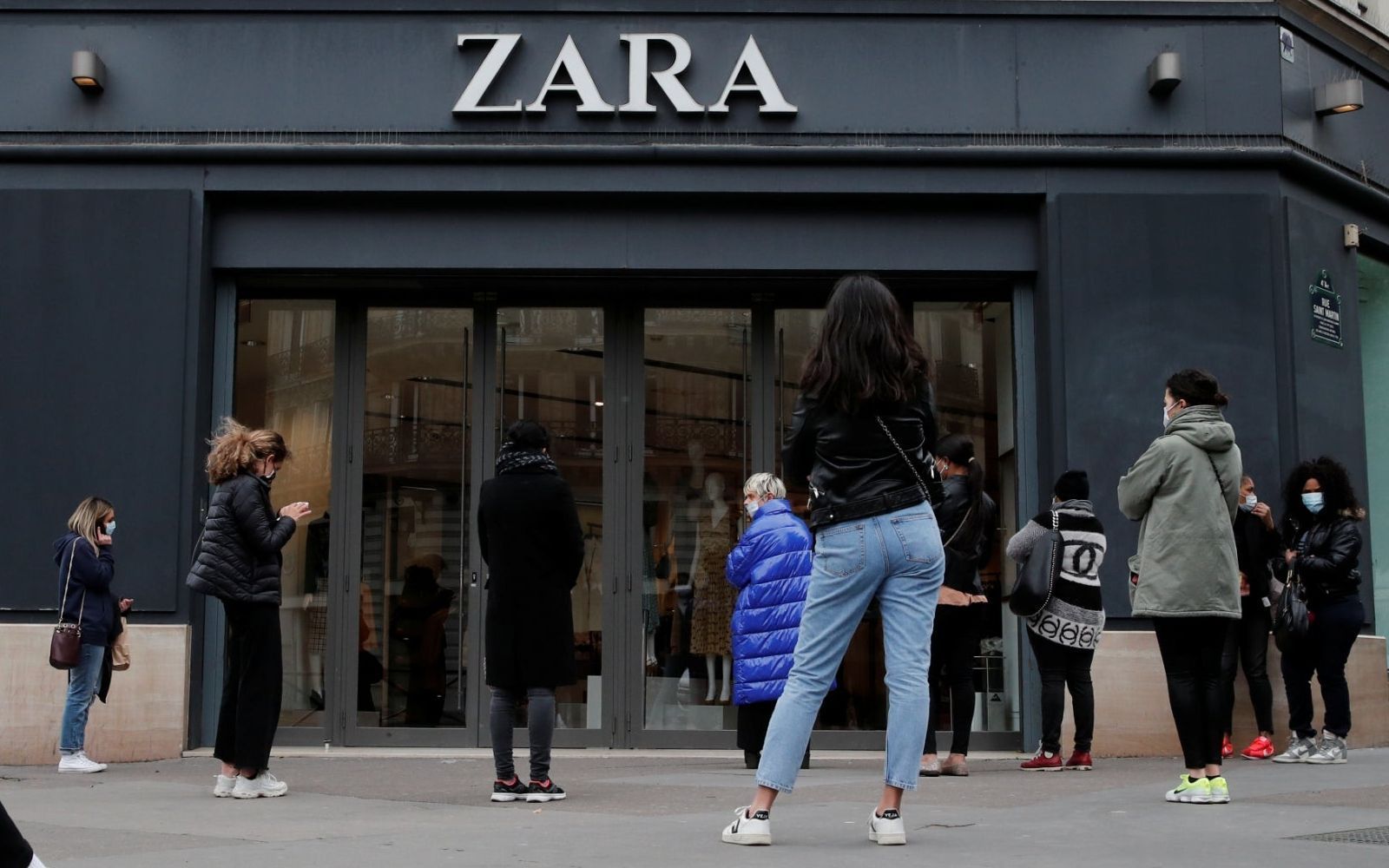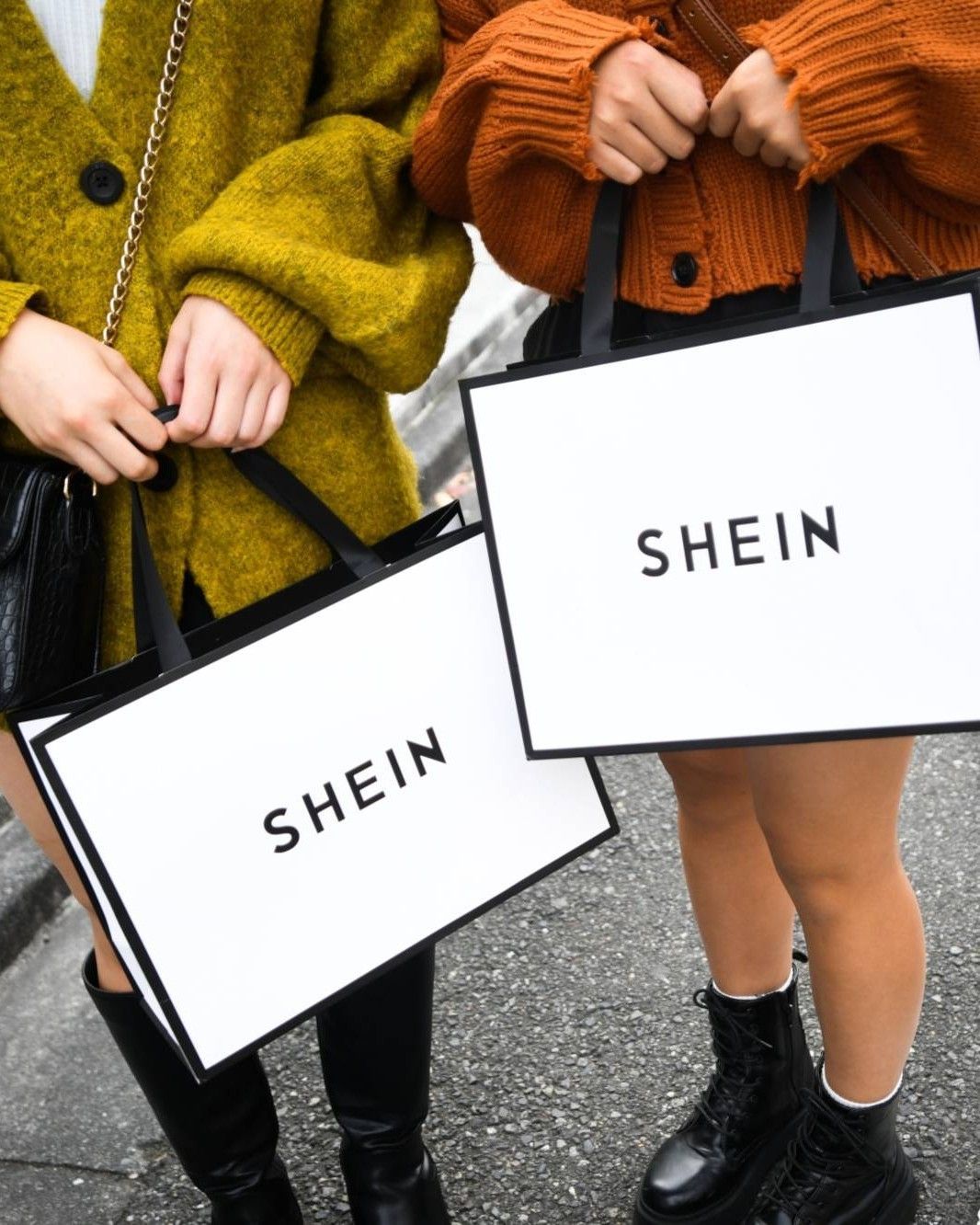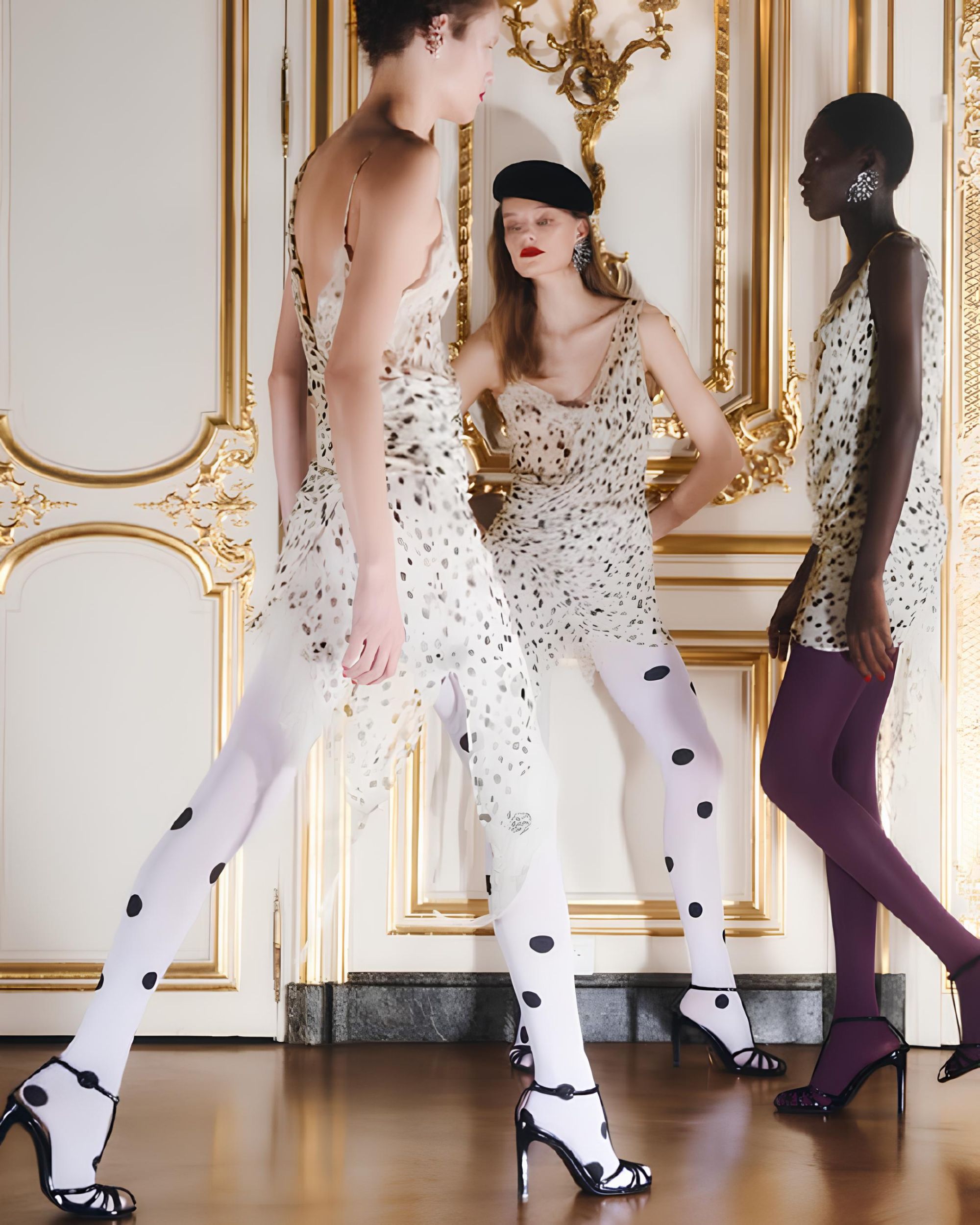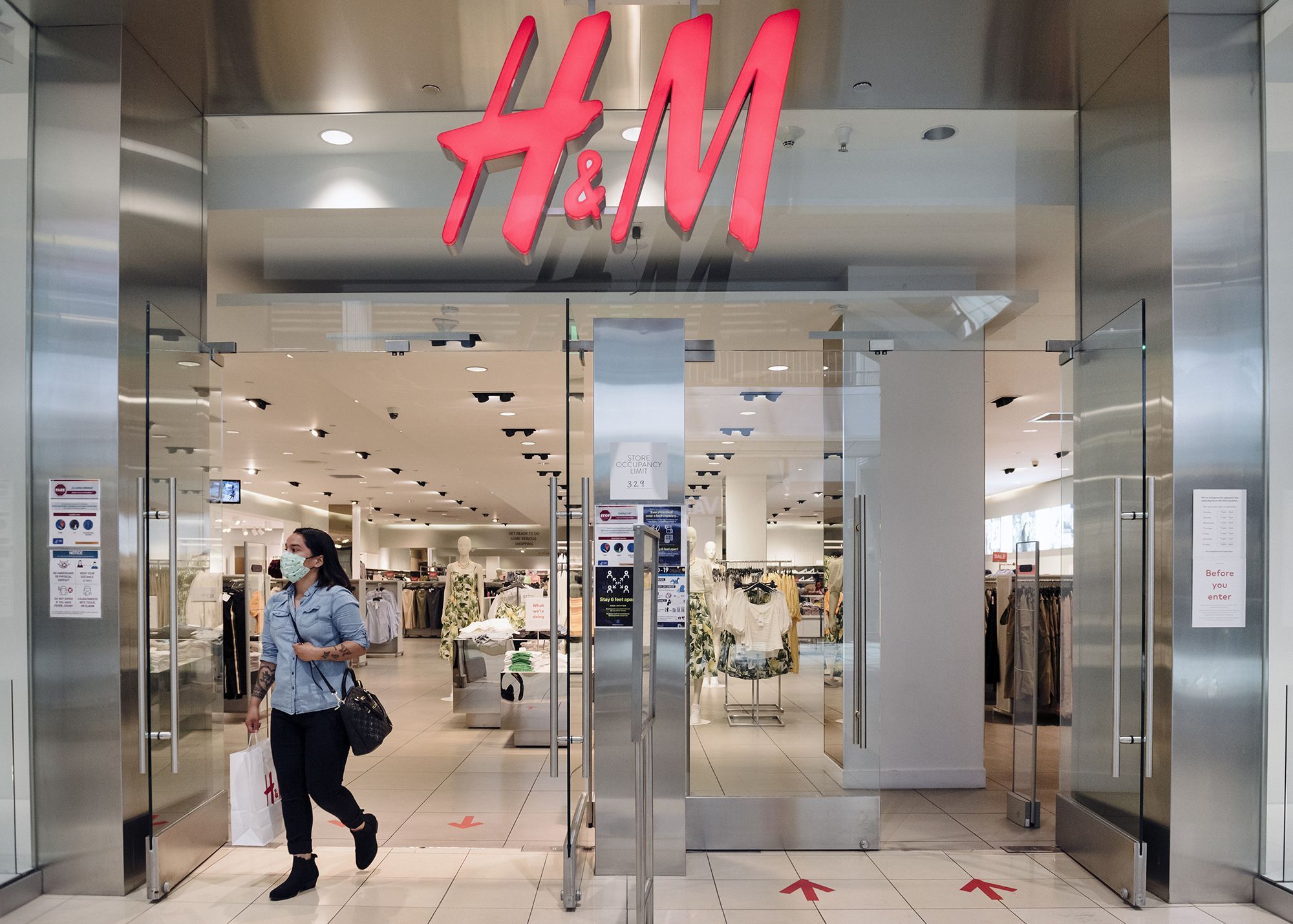
The pandemic hasn't destroyed fast fashion After the lockdown months we've come back to our old shopping habits
Well before the health emergency, fast fashion was one of the most struggling sectors of the fashion industry. For some time now giants such as H&M or Gap have been facing the consequences of an outdated business model, a situation worsened by the new environmental awareness of consumers, especially the Gen Z, now more strategic than ever, that moves hand in hand with a different vision of fashion, that must return to being lasting, disconnected from passing trends, a mindset further accentuated by the pandemic.
Precisely for this reason, according to many, the lockdown could be an opportunity to slow down the pace of an industry that is now moving on unsustainable times, both in terms of production and consumption, two factors that have devastating effects on the volume of unsold goods that brands must then get rid of. In fact, in the United Kingdom alone, 11,000 items of clothing are destroyed every week. So the question is: did it really go like this? Did we really start shopping in a different, more conscious, more careful way?
English fast fashion
In the aftermath of the first lockdown and right in the middle of the second wave, the fashion industry is coming to terms with conflicting data, that if in the past months attested a slow growth, today they must prepare for new collapses. In the UK, for example, last spring's lockdown caused in-store sales to drop by almost -70%. In April, online sales grew by 22%, compared to the same period in 2016 - positive figures, but that could have been much better. Sales of household goods, on the other hand, grew by 187% compared to the same period of 2016.
Remaining in the UK, ASOS, the British fast-fashion giant with one of the most popular e-commerce in the world, released its annual sales report last week. ASOS reported a 329% increase in pre-tax profit, with sales up 19% in the UK, Europe and the US. At the same time, however, the company recorded a loss in terms of margin and saw the price of its shares fall significantly.
An example of the difficulty that the big fast fashion brands are experiencing is also found in the case of Boohoo, a giant that also owns Pretty Little Thing, Nasty Gal, among others, which ended up at the centre of public attention after an investigation by the Sunday Times revealed precarious working conditions and wages below the minimum wage in a factory of the brand in Leicester. The group was harshly criticized when news broke that several factories had remained open even in the months of the lockdown when all non-essential businesses had been closed.
The effect on the supply chain
It shouldn't be forgotten that what we buy online or in-store is only the latest step in a production chain that for many brands starts and develops in Asia, in factories brought down by the health emergency. The large drop in imports that affected European fashion brands between January and June had a devastating impact on suppliers. It's also quite common in the fashion industry to make payments to suppliers, factories and workers themselves after the order has been placed and fulfilled. According to Bloomberg data from last March, European buyers, including Primark, another fast-fashion giant, had already cancelled orders worth $1.5 billion in Bangladesh, hitting over 1,000 factories in the country and 1.2 million workers.
The psychological component
As reported in an article published by NewsStateman, especially in times of pandemic our mental approach to shopping has changed. Our behaviour usually moves in two directions: either we are moved by social and environmental awareness, motivated by the desire to help others and demonstrate our sense of integrity, or we become more impulsive. These two types of behaviours are not mutually exclusive, on the contrary, they seem to alternate almost perfectly: after having behaved in a moral way for a while, in fact, a period dominated by impulsiveness takes over. Impulsive purchases give a positive feeling, they make us feel good, thanks to the dopamine released by the brain at that moment. It's this emotion that leads people to make useless purchases, often from fast fashion brands, driven by an urgency (which does not exist) to buy, continuously, even for the sake of doing so, even when one is quarantined at home with no fancy events or dinners to attend. The urge to buy something, anything, is perfectly reflected in the fast fashion giants' online sales figures above. In April, for example, ASOS was flooded with searches for casual clothes, and everything that could be worn during the days of lockdown.
The performance of the fast fashion sector is fluctuating: after the difficult spring months, ASOS online sales grew again in August, with an increase of 97% compared to the same month of 2016. Although this is positive data for the industry and for the economy in general, they are also proof that in a very short time we went back to shopping as we did before the lockdown, driven by sales and price tags that seem essential and moved by the desire to own new items even for just one season, soon forgetting of all the good intentions of a few months ago.










































